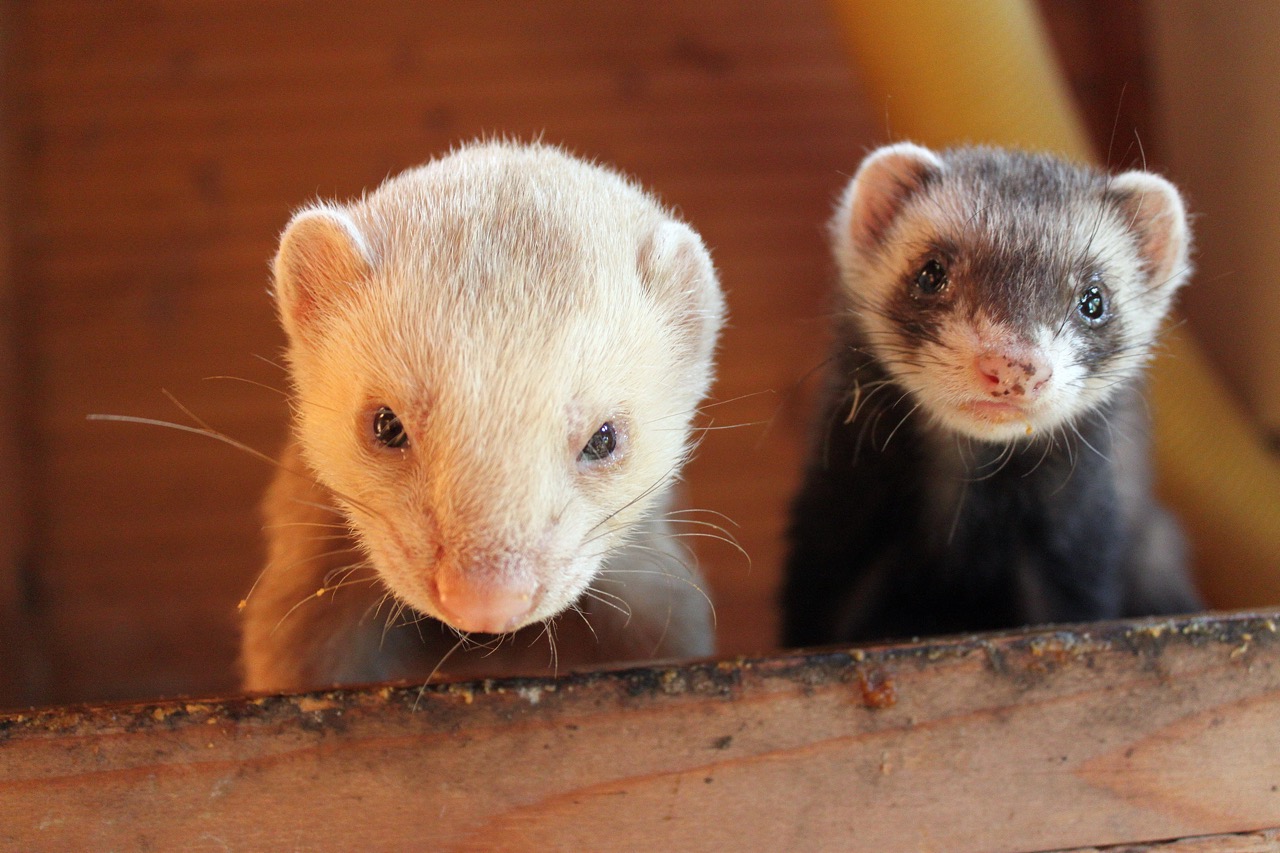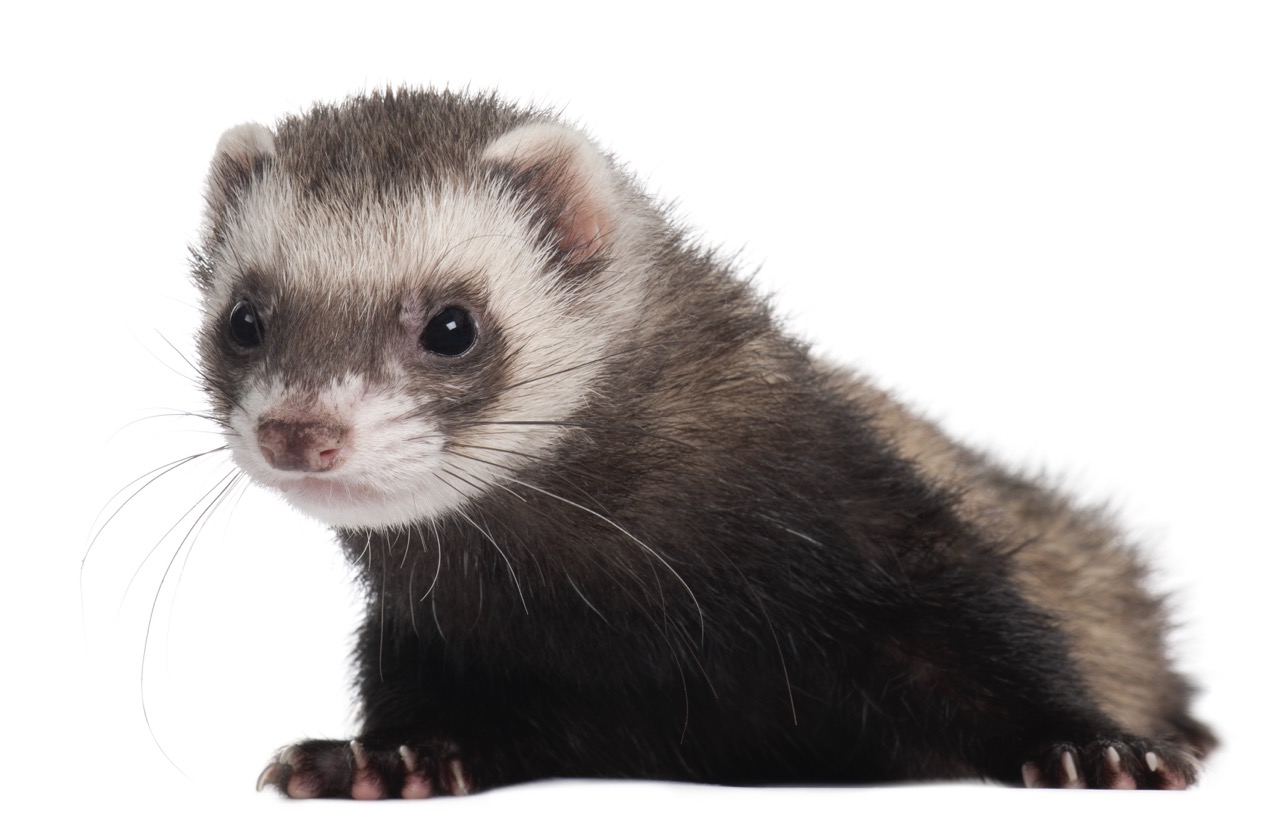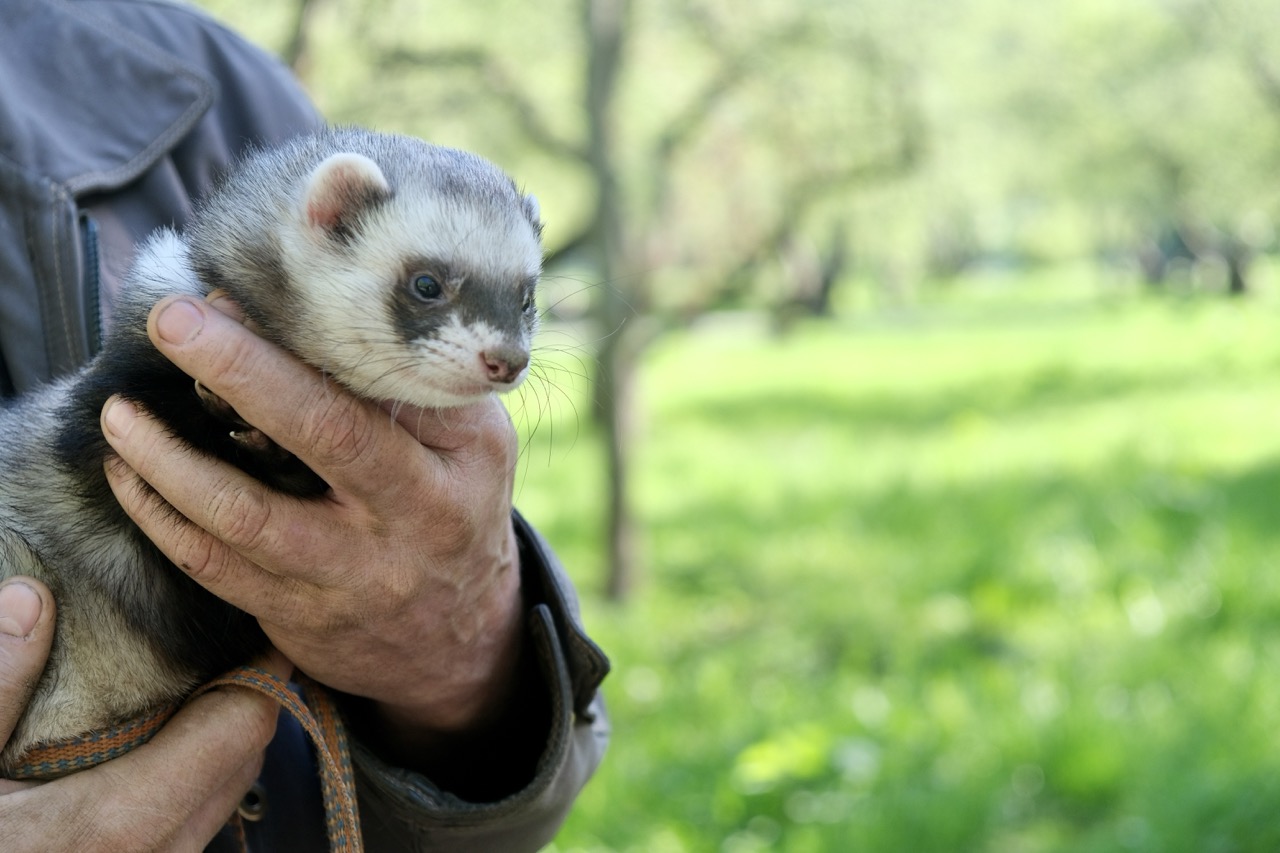With the rise of social media platforms, the sharing of pet videos, particularly those featuring ferrets, has become an increasingly popular trend. Ferrets, known for their playful antics and inquisitive nature, capture the attention of many viewers and evoke joy and laughter. However, the allure of posting these videos does not come without its ethical implications. As the online community continues to engage with ferret content, it is crucial to consider the responsibilities that come with sharing the lives of these unique animals.
Understanding the Appeal of Ferret Videos on Social Media
Ferret videos resonate with audiences for several reasons, one of which is their inherent cuteness. With their long, slender bodies, expressive faces, and playful behavior, ferrets have an undeniable charm that draws viewers in. Platforms such as TikTok, Instagram, and YouTube capitalize on this appeal, allowing users to share short, engaging clips that often go viral. This phenomenon not only entertains but also fosters a sense of community among ferret lovers, who bond over their shared appreciation for these creatures.
Another aspect of the appeal lies in the educational potential of ferret videos. Many content creators use their platforms to share valuable information about ferret care, behavior, and training. This not only promotes responsible pet ownership but also raises awareness about the specific needs and characteristics of ferrets. By combining entertainment with education, ferret videos can serve a dual purpose, engaging viewers while providing insights that might improve the quality of life for these pets.
Lastly, ferret videos often elicit a strong emotional response. Viewers may find joy in the antics of these animals, providing a welcome escape from the stresses of daily life. The whimsical nature of ferrets, often showcased in humorous or heartwarming scenarios, allows people to connect emotionally with the content. This emotional engagement drives further sharing and interaction, creating a cycle of content consumption that can amplify the reach of ferret videos.
Potential Risks to Ferrets in Online Sharing Environments
Despite their popularity, sharing ferret videos on social media poses various risks to the animals involved. One significant risk is the potential for misuse or misunderstanding of ferret behavior. Ferrets are sensitive creatures, and the misinterpretation of their actions can lead to harmful practices among viewers who may attempt to replicate risky behaviors for the sake of entertainment. This misunderstanding could result in physical harm or increased stress for the ferrets involved.
Additionally, the phenomenon of "cute aggression," where individuals feel an overwhelming urge to squeeze or pinch something that is perceived as exceptionally cute, can manifest in dangerous ways. This could lead to inappropriate handling or overexposure of ferrets to human interaction, which may not always be conducive to their well-being. Such behavior can stress the animals or lead to injuries, making it essential for content creators to educate their audience about appropriate interactions with ferrets.
Moreover, the rise of the "pet influencer" phenomenon has raised concerns about the commodification of pets. Some pet owners may prioritize content creation and virality over the genuine care and needs of their ferrets. This shift can lead to neglect in areas such as diet, socialization, and mental stimulation. The pressure to produce engaging content may compel owners to put their pets in potentially dangerous situations, highlighting the need for ethical guidelines in the online sharing of ferret videos.
Ethical Considerations in Ferret Video Content Creation
When creating ferret video content, ethical considerations must take precedence. First and foremost, the welfare of the animals should always be the primary concern. Content creators must ensure that their ferrets are treated with care and respect, avoiding scenarios that could cause them distress or harm. This includes not only appropriate handling but also providing a safe and enriching environment in which the ferrets can express their natural behaviors.
Another ethical obligation lies in transparency. Content creators should strive to depict their ferrets’ lives realistically, avoiding overly edited or staged scenarios that could mislead viewers. By presenting a true representation of ferret ownership, content creators can help foster a more informed audience. This transparency not only promotes responsible pet ownership but also mitigates the risk of setting unrealistic expectations for potential ferret adopters.
Lastly, content creators should consider their audience’s influence on their ferrets’ lives. Engaging with viewers while promoting kindness and respect toward animals is essential. Content creators can use their platforms to advocate for animal welfare, share information about ferret adoption, and educate followers about the responsibilities of pet ownership. By aligning with ethical practices, creators can contribute positively to the broader narrative surrounding ferrets and their care.
Best Practices for Responsible Ferret Video Sharing Online
To ensure the responsible sharing of ferret videos online, content creators should adopt best practices that promote animal welfare and ethical behavior. First, establishing a clear understanding of ferret behavior and needs is essential. This knowledge enables creators to showcase their ferrets in a manner that is engaging yet respectful of their natural tendencies. By prioritizing the well-being of their pets, creators can build trust with their audience while fostering a culture of responsible pet ownership.
In addition to understanding ferret behavior, creators should focus on creating content that educates rather than sensationalizes. Informative videos that highlight proper care techniques, health concerns, and appropriate socialization methods can serve as valuable resources for viewers. By using their platform for education, content creators can empower their audience to make informed decisions regarding ferret care and ownership.
Lastly, engagement with the community can help reinforce responsible sharing practices. Content creators should encourage open discussions about ferret care and welfare among their followers. By fostering a supportive environment where viewers can ask questions and share experiences, creators can help mitigate the spread of misinformation and promote a culture of compassion and responsibility. This community engagement can ultimately lead to better understanding and care for ferrets in the online realm.
In conclusion, while sharing ferret videos on social media can be a delightful and engaging experience, it is crucial to approach it with an ethical mindset. Understanding the appeal of these videos, recognizing the potential risks to the animals involved, and adhering to best practices for responsible sharing can create a more positive environment for both content creators and viewers alike. By prioritizing the welfare of ferrets and promoting responsible ownership, the online community can enjoy the joys of ferret videos while ensuring the safety and well-being of these beloved pets.










